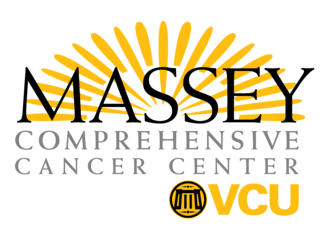Led by Susan Hong, M.D., M.P.H, a board-certified internist with more than a decade of experience caring for the complex needs of cancer survivors, the Massey Survivorship Program focuses on comprehensive care coordination that empowers patients. All adult patients with cancer, regardless of stage, where they are in their cancer treatment plan or where they receive their cancer care, are eligible to be seen at Massey's Survivorship Clinic.
Since every patient is unique, we conduct an in-depth evaluation to address every aspect of your healthcare needs. The care we provide is coordinated with your cancer specialists and primary care provider. Elements of the care we provide include:
- Surveillance for cancer recurrence and new primary cancers
- Evaluation and management of treatment-related toxicities
- The assessment for genetic testing and ongoing surveillance for individuals with a hereditary cancer syndrome
- Counseling on cancer prevention and risk-reduction strategies
- Ensuring you are up to date with your other preventative health needs
In addition, if you are experiencing any negative social, financial or emotional impacts from your cancer diagnosis or treatment, we will connect you with Massey’s expansive list of cancer support services.
Choose Massey’s Survivorship Program because our care is:
Cutting-edge
Bringing more than a decade of experience to survivorship care, our doctors have unparalleled knowledge and expertise in managing the many aspects of cancer treatment and survivorship care. Our clinic incorporates clinical, educational and research activities to ensure that you are receiving the most relevant and cutting-edge care.
Comprehensive
With a goal of providing comprehensive, holistic, patient-centered care aimed at ensuring the best possible quality of life, survivorship care is available across the cancer care continuum, from the time of diagnosis, through treatment and beyond. Our integrative approach ensures that all resources are made available to you
Collaborative
Cancer care requires multiple forms of therapy and various specialized doctors who work as a team to treat the patient. Massey pioneered the region’s multidisciplinary approach where specialists from numerous medical backgrounds collaborate in teams to coordinate all aspects of patient care at every stage. This approach ensures patients will receive the ideal combination and sequence of treatment. Massey’s survivorship team collaborates with our oncology specialists to integrate survivorship care into cancer care. This ensures a holistic and comprehensive approach to cancer care.
Compassionate
Through respectful, attentive and compassionate care, Massey’s survivorship team builds healing relationships with patients that help reduce suffering from cancer. We recognize that each patient’s medical, social, emotional and personal needs are unique, which is why we can help connect you with resources such as social workers, psychologists, legal and financial assistance, support groups, educational workshops and more.
Customized
Recognizing that every patient is unique and every cancer different, Massey provides survivorship care tailored to the needs of each patient and their families.




